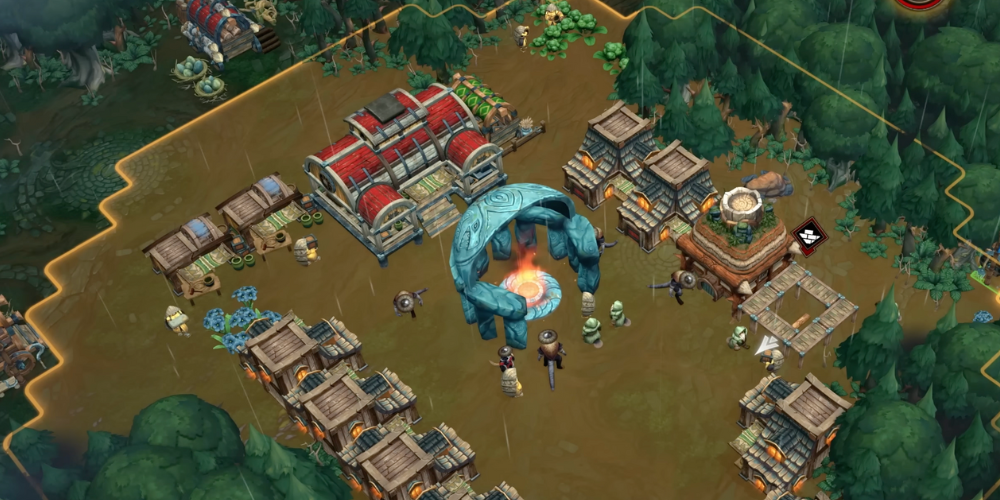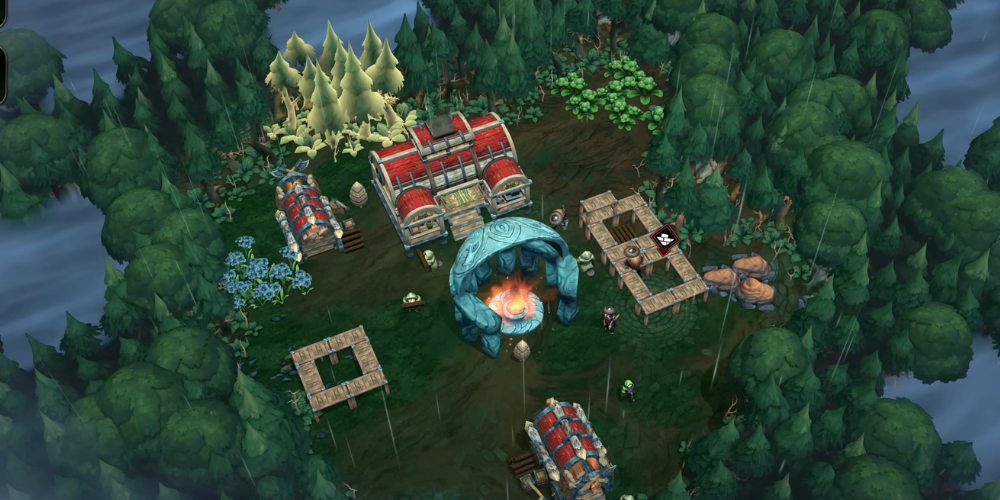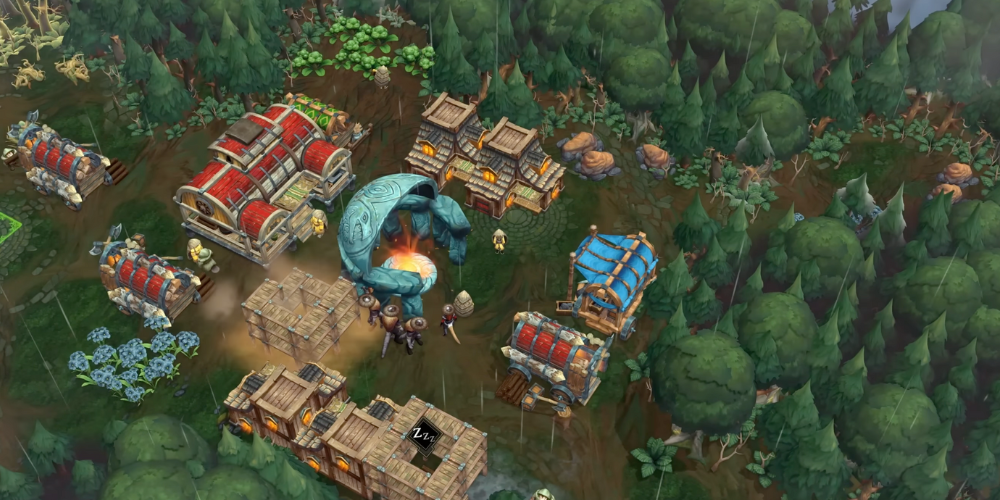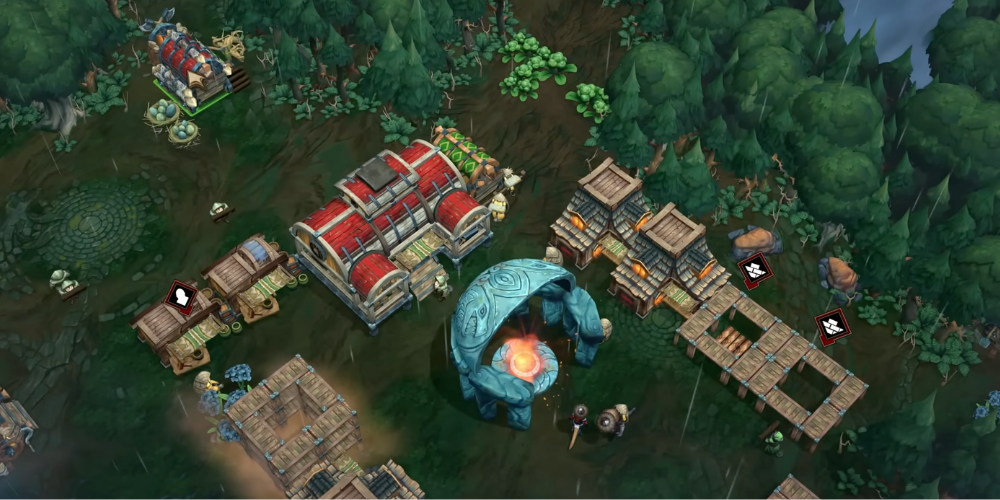Against the Storm: Survival Strategies and Building the Perfect Refuge
29 Apr 2024

Surviving in harsh or hostile environments requires more than just courage and good luck; it necessitates a clear understanding of survival strategies and the ability to construct a reliable refuge. Whether faced with relentless storms, fierce wildlife, or extreme conditions, knowing how to protect yourself and thrive is crucial. This article delves deep into essential survival techniques and guides you through the steps to construct an effective and safe refuge that could stand against the odds.
Understanding the Environment
The first step in surviving any disaster is to understand the environment you are dealing with. Different environments pose different challenges and require specific knowledge and preparations. For instance, surviving in a tropical storm is vastly different from surviving in arctic cold. Start by gathering information about the weather patterns, flora and fauna, land topography, and any other relevant environmental factors. This knowledge is not only crucial for staying safe but also for using the environment to your advantage.
Essential Survival Skills
Securing Potable Water
Water is life. Finding a reliable water source is one of the first priorities in survival scenarios. Depending on the environment, this could be from streams, rainwater, or condensation. It is equally important to know how to purify water. Techniques can range from boiling or using purification tablets to more advanced methods like solar stills or charcoal filters.
Food Procurement Techniques

The capacity to secure sustenance in survival situations is not just beneficial—it's a crucial lifeline. For those in the wilderness, a detailed knowledge of the local flora and fauna is indispensable. In forested areas, one should be able to identify and safely harvest edible plants, berries, and nuts. It’s advisable to carry a guidebook specifically tailored to the region’s plant life to avoid any poisonous species. Furthermore, setting traps and snares can efficiently provide meat.
For those near water bodies, such as rivers or oceans, fishing becomes a viable and often fruitful method to gather food. Basic fishing gear packed in a survival kit—such as line, hooks, and sinkers—can be paired with natural baits (like worms or smaller fish) found in the environment. Additionally, knowledge of how to construct rudimentary yet effective fishing tools like spears or gill nets can significantly improve one's chances of catching fish. Coastal survivors can also benefit from collecting shellfish or seaweed, which are rich in nutrients and generally safe to consume with minimal processing.
Building Fire
Fire is a fundamental survival element, providing warmth, light, and a means to cook food, which can kill bacteria and parasites, making local fauna safer to eat. Fire also serves as a deterrent against many predators and pests and, in some cases, can be used for signaling rescue teams. Nonetheless, initiating and sustaining a fire can prove difficult, particularly in unfavorable weather scenarios.

In wet environments, such as rainforests or during rainy seasons, the key to successful fire-starting lies in the ability to source dry tinder and kindling. Look for materials like birch bark or dead branches from the lower parts of trees, which may be sheltered from moisture. Carrying waterproof matches or a wind-resistant lighter can make a significant difference. Conversely, becoming proficient in age-old methods of igniting a fire, like using a bow drill or a fire plow, can be incredibly beneficial in situations where modern ignition tools like matches or lighters are unavailable.
In windy conditions, creating a barrier around the fire-starting area is crucial. Accomplishing this task can be achieved by using natural obstacles such as large rocks or fallen logs or by digging a small hollow to protect your fire from the wind as you ignite and nurture it. Ensuring your fire is well protected and fed with the right fuel—ranging from tinder to kindling to sustainably sized logs—ensures it will last through the night or until your needs are met.
Survivors should practice these techniques regularly to ensure proficiency when under pressure, as fire is often a critical factor in survival circumstances, both psychologically and physically.
Navigational Skills

Losing your way can be one of the biggest dangers in the wilderness. Familiarity with navigation tools such as maps, compasses, and even the positions of stars can help orientate and guide you to safety. In this digital age, understanding how to use GPS devices, but also knowing their limitations and having manual alternatives is vital.
Constructing the Perfect Refuge
Choice of Location
Selecting the right location for your shelter is as crucial as the construction itself. The site should be safe from flooding, avalanches, or other environmental dangers. It should also be close enough to water sources but not directly on the path of potential threats like wildlife trails.
Materials and Tools
The availability of materials greatly dictates the type of shelter you can build. In wooded areas, fallen branches and leaves are accessible, while in arid regions, rocks and mud might be more available. Your toolkit doesn’t need to be extensive but should include a multi-tool, paracord, and some form of cutting tool.
Design and Construction
The design of your shelter depends on the environment and the materials at hand. The fundamental is to keep it insulated, dry, and wind-resistant. Techniques might include digging a trench for cold winds, making a bed of leaves for insulation, or constructing a roof with an overhang to keep out rain.
Psychological Resilience

Surviving physically is only part of the challenge; maintaining mental health is also crucial. Stress and panic can cloud judgment and reduce the chances of survival. Strategies to enhance psychological resilience include keeping a routine, focusing on positive thoughts, and setting small, achievable goals.
Preparing for Emergencies
Advanced preparation can drastically improve your survival chances. Having a packed emergency kit can make the initial days much more manageable. Essential items might include a first-aid kit, signaling devices, and some emergency rations. However, the most important part of preparation is gaining knowledge and skills.
Conclusion
Mastering survival skills and knowing how to build a suitable refuge are fundamental in ensuring your safety and well-being in any harsh environment. These capabilities not only provide physical protection but also give you confidence and peace of mind, knowing that you can face and overcome what may come. Remember, preparation and knowledge are keys, and the will to persevere is your greatest ally.







